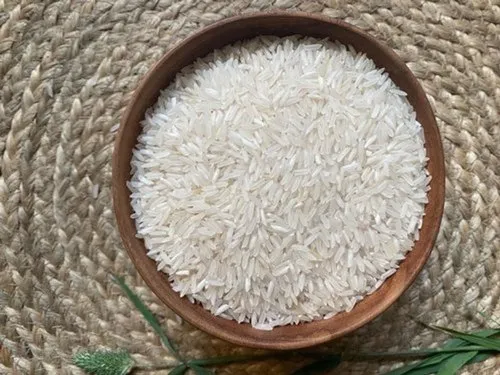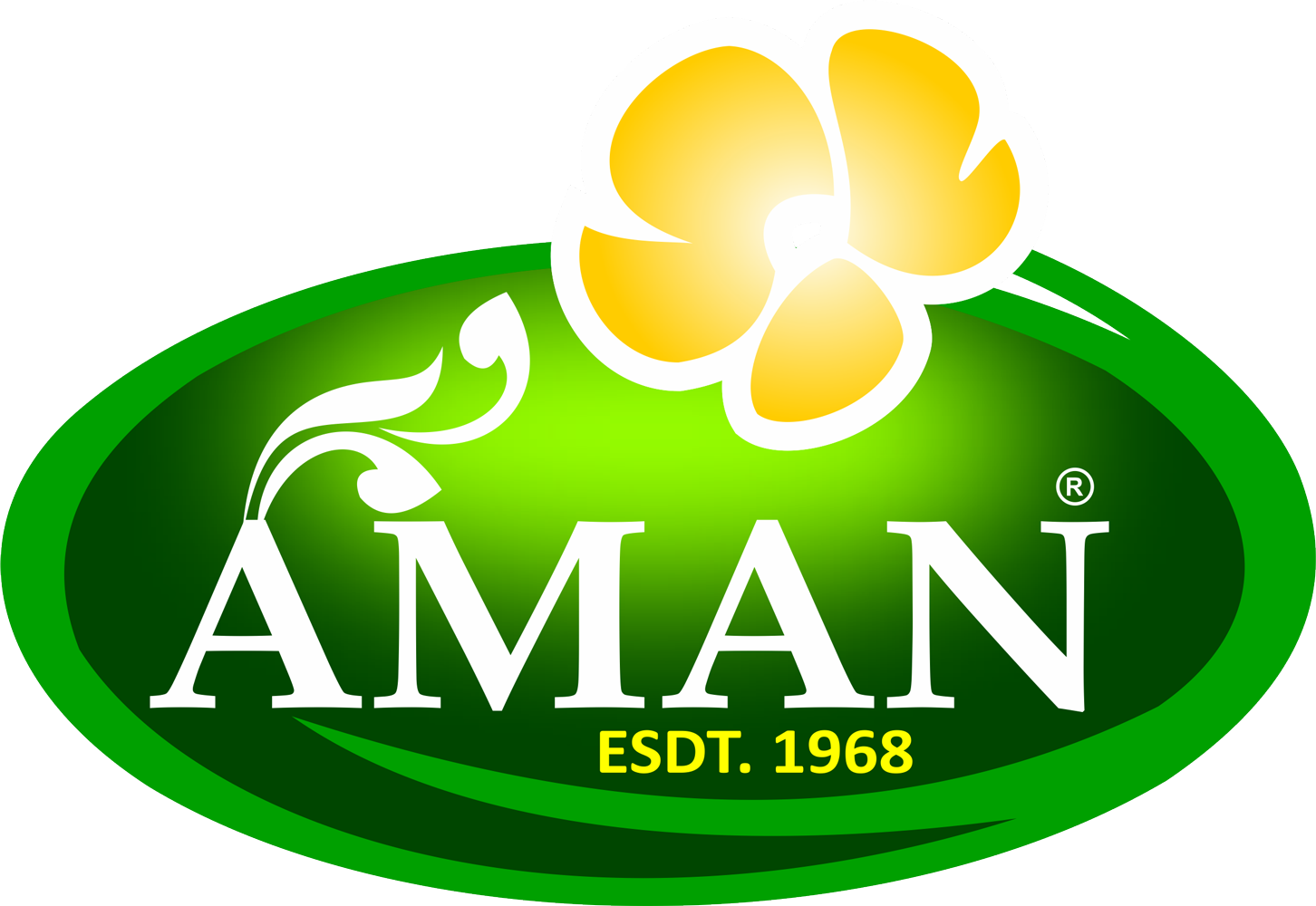Basmati And Varieties
Heritage
The delta of the Rivers Ravi in the province of east Punjab has been endowed by nature with special alluvial clayey soil that, when irrigated by perennial waters of these rivers nurtured by monsoons, produces the finest Basmati rice. Basmati Rice, with its scent, elongation, and fluffiness when cooked, has been farmed for ages in this delta, which is not just Punjab folklore but also Pakistani legacy.
All Basmati kinds cultivated here feature long, slender grains, a nice scent, linear elongation twice the size of the grain, and a delicate, dry, fluffy texture when cooked. Basmati rice cultivars in Pakistan are divided into two major categories:

Extra Long Grain Basmati Varieties
These are the top commercial Basmati cultivars, with an average grain length of 7.15 mm – 7.20 mm. Super Basmati Rice is renowned as the ‘King-of-Rice’ and is widely linked with this region of the world. It contains all of the Basmati properties, and it cooks well even with new harvest. Without a question, it has grown in popularity throughout the European Union as well as the Middle East. It is now Pakistan’s most popular Basmati type.
Farmers have just been exposed to a new variety known as Kainat-1121. This is a Basmati offshoot with an average grain length of 8.30 mm – 8.35 mm. Because of its popularity in the Middle East and beyond,due to its distinctive length, linear elongation and overall great cooking performance.
Long Grain Basmati Varieties
These are the commercially second best cultivars after Extra Long Grain cultivars, with grain lengths ranging from 6.60 mm to 6.80 mm on average. At the moment, the most often farmed type here is PK-386 Rice, which has all of the fundamental features of Basmati Rice described above. With ageing, it achieves the same linear elongation and fragrance as Super Basmati while being significantly more cheap.
Plant

In 1995, Aman Rice Mills (Private) Limited developed a 15 MT/Hour modern and very advanced milling facility, which was later supplemented by a 10 MT/Hour reprocessing unit. Buhler GbmH of West Germany supplied the machinery for both plants. The Project encompasses 25 acres of land.
Milling

When the bags arrive at the mill gate, professional samplers take samples from each one. Following a preliminary quality check by our highly skilled paddy pickers, the selected samples are transported to our Quality Assurance Laboratory for comprehensive testing and analysis.
Husking
Before sending the paddy to be milled, it is cleaned once again in the mill house to guarantee complete removal of any remaining contaminants. Rubber Roll Hullers are used in stages to separate brown rice from husk to minimise breakage and damage to the delicate basmati grains.Table separators separate the residual paddy grains from the brown rice, and the brown rice is further screened by special width graders to remove harmful shrivelled and green grains. The polishing process is then applied to brown rice.
Polishing
Aman Rice applies three separate sets of the most modern polishing equipment in phases to achieve the required level of polishing and silkiness from our loyal clients.
Grading
The polished rice is processed via Sifters and a sequence of Length Graders to separate small, medium, and big broken rice from the head rice, which is collected in different bins via Auto Scales that indicate the weight of each by-product generated.
Sorting
Finally, the double polished, silky head rice is fed through three colour sorting machines, which eliminate any broken, yellow, or discoloured grains. The export quality sorted rice is first gathered in completely covered rice bins before being packaged into bags using an automated Gross Weighed for shipping.
Monitoring
Aman Rice Plant has a fully computerised Monitoring System (PLC) and the most recent MYAF Yield System, which displays minute-to-minute information on monitor screens about the degree of polishing and yields of head rice, brokens, by-products, bran, husk, and impurities, allowing our engineers to have complete control over the quality of rice produced.
QALITY CONTROL

“We remain committed to excellence, satisfy our commitments, and serve our customers under all circumstances and at all costs.”
The core of Aman Rice Mills (Private) Limited’s rice milling process is a well-defined Quality Assurance Management System. Aman Rice Mills (Private) Limited has a well-equipped Quality Assurance Lab overseen by specialists to execute quality assurance. Samples are drawn and examined by analyzers at set intervals throughout the milling and processing procedure, beginning with the feeding-in of rough paddy and ending with the packing. All test records are meticulously kept and are scrutinised on a regular basis by internal and external audit teams to assure the highest quality.
QUALITY POLICY
ARM’s pursuit of the highest quality standards, as well as its philosophy of excellent product delivery, have only served to reinforce its mission statement. Quality is not simply a term at ARM; it is a goal that is accomplished throughout the year.
We strive for client pleasure by making our products and services worthy of them via our dedication, collaboration, and an efficient, ever-improving quality management system. The company is devoted to doing environmentally friendly and pollution-reducing rice processing while continuously enhancing its Green Practises and complying with all applicable national and other requirements. The company’s goal is to communicate with and answer the issues of all interested parties on a constant basis.
COLOR SORTING
Colour sorting is a computer-controlled procedure that use CCD technology for high-resolution optical examination of each grain of rice. It separates the healthy grains from the significant concentration of mostly chalky and discoloured grains.
ARM’s new Buhler colour sorter machine has 320 channels and cutting-edge cameras that can identify the most delicate colours and errors as small as 0.3mm. This machine has an automated calibrating system. As a result, the end product has homogeneity in all aspects for each grain.

